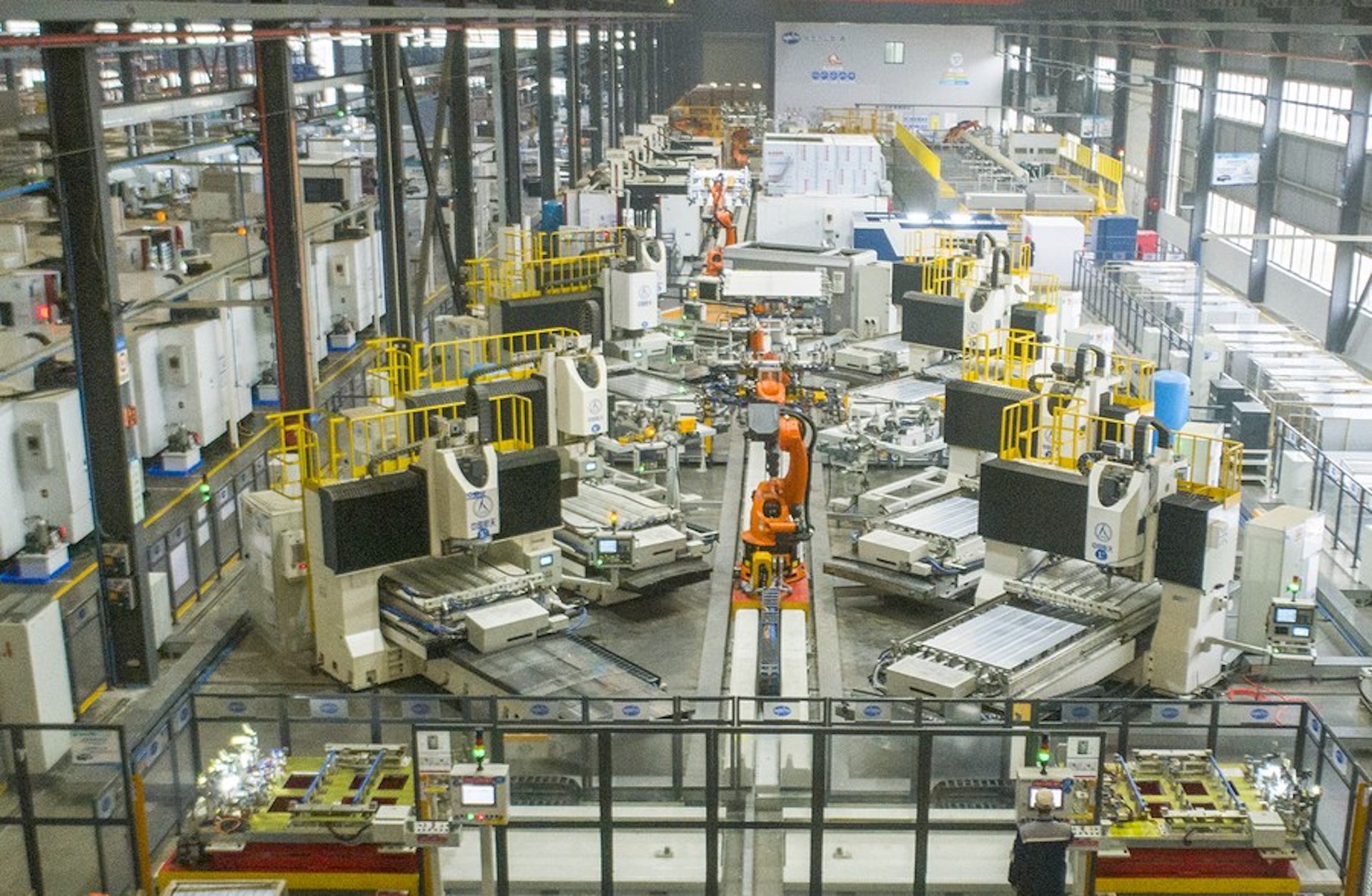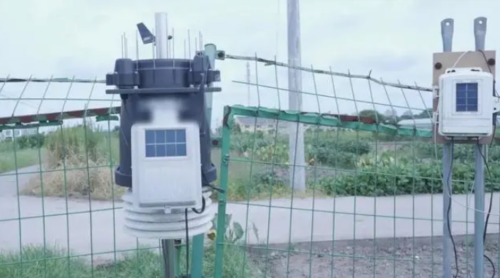China’s plans for the factory of the future
Zhejiang Province is planning a high-tech transformation of its factories, which will use AI and digitized supply chains to automate and clean up the country’s manufacturing sector. Will it work?

In 2021, China articulated its “double carbon” objectives of reaching peak carbon use in 2030 and carbon neutrality in 2060. The Chief Strategic of CICC 中金公司, a Chinese state investment bank, yesterday estimated that getting to carbon neutrality would require 139 trillion yuan ($21.21 trillion) from now until 2060, or about 2% of annual GDP. The annual demand for green investment would be about 3.9 trillion yuan ($595.10 billion).
Reaching carbon neutrality will require the technological transformation of the manufacturing sector. What kind of factory will emerge?
Zhejiang has a plan for the “factory of the future,” released in July last year: The province is one of China’s richest, and renowned for light, labor-intensive, and heavy industries as well as many world-leading high-tech companies in the Hangzhou Bay area. It has now set itself the goal of increasing the added value of the digital economy from 46.8% of its GDP in 2020 to 60% by 2025.
- Since 2012, Zhejiang has incentivized factories to substitute machines and robots for simple, repetitive, high-intensity, and high-risk jobs; the province’s rate of industrial digitalization is among the highest in China.
- The “future factory” will feature high-tech applications such as digital twins (virtual models designed to reflect physical objects that allow for prototype modeling without physical waste), AI and data-driven production methods, and digitized supply chain management.
- This model is formulated in the “1353” system: 1 refers to one single system for comprehensive enterprise value chain management; 3 refers to customization, network collaboration, and service; 5 refers to digital design, intelligent production, safety management, digital administration, and green manufacturing; and 3 refers to digital ecological management, new generation IT, and advanced manufacturing technology.
- Zhejiang identified four types of future factories: leading “head geese,” “champion” chain link factories, platform-based collaborative factories, and technology-based “hard core” factories.
China news, weekly.
Sign up for The China Project’s weekly newsletter, our free roundup of the most important China stories.
These future factories will be automated and unmanned, but also based on an integration of data, the market, and human resources — a physical factory and a digital twin of a virtual factory. Advanced algorithms will be used to reduce production costs, and AI will further optimize production quality and efficiency.
- Zhejiang is already well underway building these factories of the future, and all the leading companies of the province are involved, including Geely 浙江吉利汽车有限公司, Alibaba 阿里巴巴集团, and Hikvision 海康威视.
- The province has identified 32 future factories and 33 pilot enterprises, built 423 digital workshops and smart factories, selected 36 industrial regions for intelligent manufacturing pilots, and formed an intelligent manufacturing training system.
- The factory of Zhejiang CFMoto Power Co Ltd 春风动力, producing motorcycles, is one of the first batch of future factories in the province; all six of its production lines make use of intelligent technology.
The full vision of such a “future factory” might never be fully realized, and much of Zhejiang’s plan is simply sloganeering. But many of the components are already in place, not least strong support from Beijing, which is critical to any large-scale economic activity in China.






